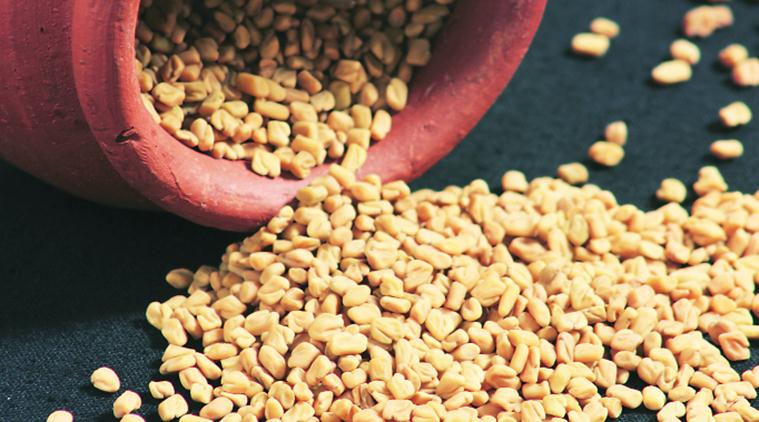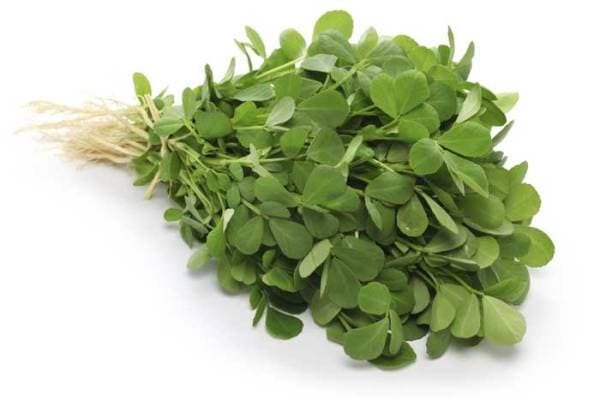
 The flavour is sweet yet bitter and it is brownish yellow in colour. (Source: Getty/Thinkstock Images)
The flavour is sweet yet bitter and it is brownish yellow in colour. (Source: Getty/Thinkstock Images)
Consuming a nutritious diet which includes microgreens helps in fulfilling the body’s requirements, while maintaining one’s energy levels. Microgreens can supply the required nutrients for people with lifestyle disorders such as diabetes mellitus, hypotension, hypertension, obesity, dyslipidemia and stomach disorders.
What are microgreens?
Microgreens are harvested green vegetables or little seedlings of edible plants that improve one’s nutrition, while adding taste, texture and colour to our food. They are high in vitamins and minerals, fibre and protein. They are grown both indoors and outdoors. Sprouts are not considered as microgreens, however.
 Include green vegetables smartly: If you are planning to make Aloo-Matar tonight, add a few leaves of Methi (fenugreek) to the veggie. It will not only add to the taste but also nutrition.
Include green vegetables smartly: If you are planning to make Aloo-Matar tonight, add a few leaves of Methi (fenugreek) to the veggie. It will not only add to the taste but also nutrition.
Benefits of fenugreek
Fenugreek, commonly known as Methi, is a rich source of protein, minerals, vitamins and fibre. Fenugreek contains phytonutrients such as choline and from ancient times, has shown to contain antioxidant, anticarcinogenic, antidiabetic, hypocholesteremia, hypoglycemic and lactation-induced properties as well as antibacterial, says Affrin Noor, Chief Dietitian and Nutritionist, Fortis La Femme Hospital, Bangalore.
* The leaves and seeds of fenugreek are used as a spice blend and chief ingredient in food preparation. These are rich in vitamins and essential for optimum health such as vitamin A, C, thiamine and folic acid. Fenugreek also helps in improving the homeostasis of glucose.
* Two teaspoons of fenugreek contain 3 – 4 gm of fibre.
* Fenugreek is affordable, high in fibre and complex carbohydrates. It controls diabetes, relieves constipation, lowers cholesterol levels, lowers the risk of heart ailments by lowering cholesterol levels and is good for lactating mothers. It also reduces menstrual discomfort.
* The flavour is sweet yet bitter and it is brownish yellow in colour.
* It can be consumed raw on an empty stomach after soaking it overnight to aid in weight loss and to rehydrate oneself. It is added in sprouts, salads, dips, fillings, etc.
“Other consumable forms are Methi paratha, methi-matar sabzi, methi paneer, aloo methi, methi bhaji, methi thepla, methi rice, oats methi vada, dal methi, etc. Please note it has to be taken in moderation. Methi seeds are widely used in south Indian curries such as rasam, sambar and pickles. The quantity to be consumed is about 1 – 2 tsp/ day for methi seeds and a fistful of methi leaves per serving a day,” added the dietitian.

For all the latest Lifestyle News, download Indian Express App.
© IE Online Media Services Pvt Ltd
